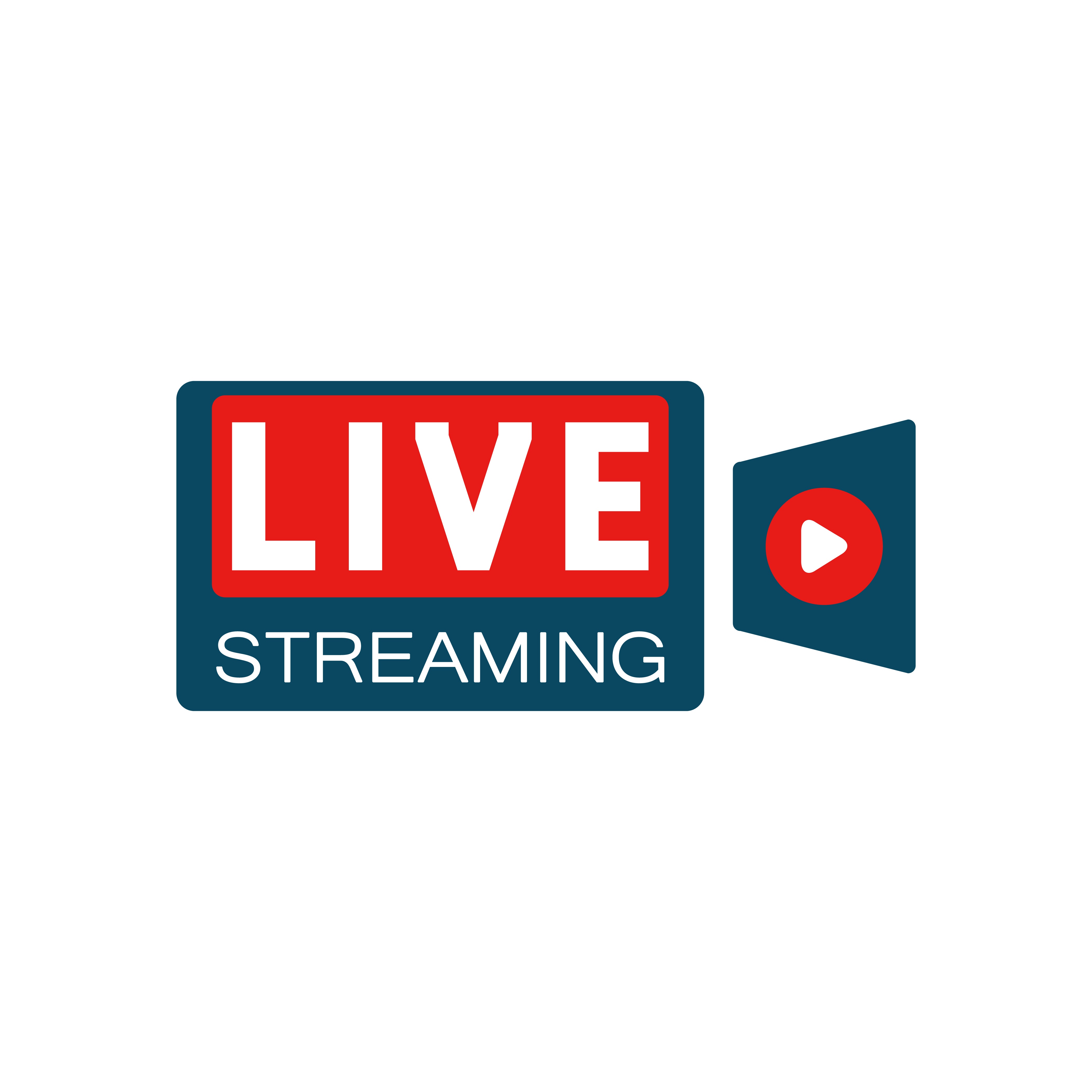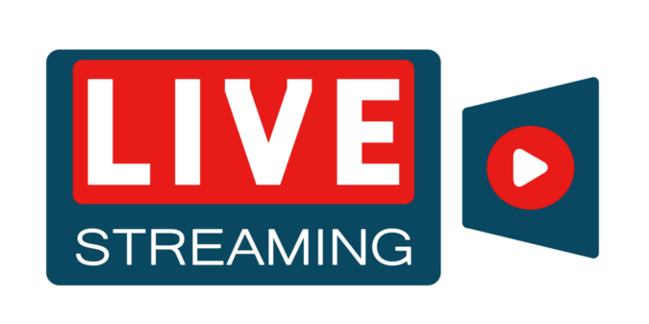

One of the consistent lessons we’ve learned in the social media era is that when Facebook puts their weight behind a feature or concept, it’s almost certain to become relevant to a wide audience. Such is the case with Live video broadcasts—where followers can react to your content in real time— which now has iterations on Instagram, Facebook, and Twitter (in the form of Periscope).
If you use Facebook personally, you may have noticed that Facebook gives you a notification each and every time one of your friends “goes Live”—even if you don’t care. That’s because Facebook very much does care. We know this because of the amount of resources they’ve put into the feature, including an expensive and aggressive ad campaign spanning TV, buses, and online placements as well as their decision to favor and bump live content in the newsfeed algorithm.
However, while it’s clear that Facebook Live is a thing, what’s not always clear to B2B companies is how to use it. After all, Facebook is far more personal in its tone than Twitter, LinkedIn and even Instagram are, which means it can be really difficult for a B2B not only to find something that’s worth live broadcasting, but also something that will rise above the cat videos and memes. In addition, live-streaming requires more of a mastery of format than, say, simply posting a picture or article. As ReCode put it: “The problem is that a lot of live-streaming video is not very good — it turns out that making good live content is hard, which explains why Facebook pays most of its biggest live video creators. That's not a Facebook problem. Meerkat, one of the earliest live-streaming apps, shut down its app because it couldn't get people live-streaming regularly.”
So, while going Live certainly is more complicated and resource intensive than other forms of social media posting, it would be wrong to say it’s entirely off limits for B2B companies. After all, the payoff for getting it right is big. As the social media space gets more crowded, the more engaging and experiential your content, the more of an impact you’ll make. If you can find the right moment and content, the opportunity to get your intended audience interacting with your message or brand in real time via the Live format is powerful.
So, if you’ve mastered the other basic forms of social posting and you’re ready to take the leap into Live, here is some best practice to keep in mind.
- Pick the right content and format
You may think you don’t do anything interesting enough as a company to warrant going Live, but it’s possible you’re not thinking broadly enough. Does your product or service involve a complicated setup process that frequently warrants troubleshooting? Why not do a live Q&A with your followers, so they can ask their questions in real time. Or perhaps you produce a product or service that has a fascinating if not nerdy “backend”. Pull the curtain back on your process a bit by letting viewers tune into how it works. Lastly, if you’re hosting an IRL event or speaking series that’s relevant to your industry, broadcast part of it live so that people who aren’t present can tune in, engage, and even ask questions to your speakers via comments.
- Consider a wider audience
If you’ve done your work crafting buyer personas, that’s great for your targeted marketing channels, but feel free to think broader when you go live. What about media, competitors, potential investors, ambassadors for your brand, affiliate partners, or influencers? You have the capacity to reach people on Facebook Live might not otherwise be targeted by your marketing approaches, so be sure to keep that in mind.
- Notify people ahead of time
The key to getting a sizeable audience when going Live is to make sure you’ve notified your most likely audience ahead of time. Try to pick a time frame of the day when people are most able to tune in. The answer will vary depending on your audience, and of course some situations such as speaker panels have other scheduling constraints.
- Repurpose the content
Unlike Instagram, Facebook let’s you repurpose your Live content after you’ve gone off air. This is good news, as you can use the video of your live broadcast as social collateral long after it’s over and all your hard work will go farther. Once you have the recorded video, make sure to share it as a video on your other channels such as LInkedIn and Twitter after the fact.
Tip #5: Real-time, live video streaming offers an excellent way for you to engage with your audience. But remember to keep it relevant, keep it interesting, let them know when you are going live and once you are done, share the recording!
If you want to learn more about leveraging different content formats, getting your audience to create content for you, creating valuable content as part of your website's marketing strategy, and more information on how you can use Facebook Live for B2B, please see these blog posts below:
Content Marketing Strategy: Getting your audience to create content for you
Creating valuable content as part of your website's marketing strategy
How Facebook's live video feature can increase your social following & brand awareness
If you'd like to receive the latest 'All that PR & Marketing Bollox...Explained!' blogs straight to your inbox every week, you can subscribe below:




Submit a Comment